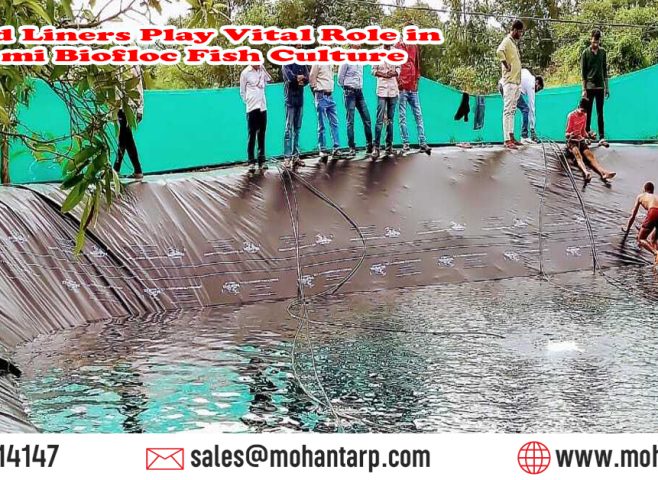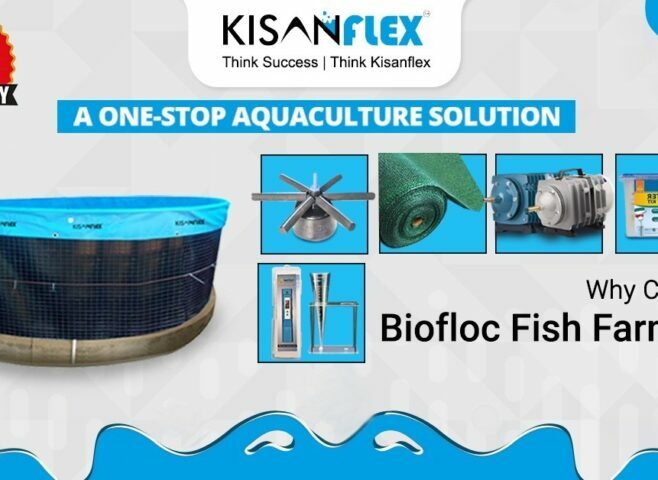Advantages & Disadvantages of Biofloc Fish Farming
Farmers involved in fish and shrimp production are inclining more towards biofloc farming technology so that production can be increased sustainably. But if not used properly researchers warn that the method could be unsuitable.
The level of suspended solids in culture water needs to be maintained so that there is no danger of diseases for shrimp and fish. There is a knowledge gap in this technology which makes production management difficult. The idea to use Biofloc Technology rightly is that fish production and microbial proliferation should occur in separate compartments.
Advantages and disadvantages
Pros
The flocs are protein-rich and helps to provide fish and shrimp with the right number of vitamins and phosphorous. Allowing the microbial flocs to reproduce can improve water quality and can actually immobilize toxic nitrogen.
Farmers said that there is greater productivity using the system if they compare it to conventional aquaculture techniques. This process can decrease mortality rates, helps to increase larval growth and improve growth rates.
Using biofloc technology helps in improved water and land use rates. Since the system relies on almost or near zero water exchange, the overall environmental impact of production is low.
The cons
This technology requires a start-up period and produce aren’t always consistent between seasons. Since producers need to constantly mix and ventilate culture water, energy costs could be higher.
Monitoring fish health is important as bioflocs may lead to increase in the levels of suspended solids in the water.
What is biofloc best suited for?
Different Shrimp, Koi, Pangasius species can thrive really well in biofloc culture.
Multiple research projects have shown that shrimp as it is bottom-dwelling species is best suited to biofloc production. Since the bacterial load that is present in the water is changing at a constant rate, fish must be relatively resistant to some environmental challenges. So, it is said that the sensitive species will not thrive with biofloc farming.
So here are the pros and cons for you to judge but since this process effectively increases production and is reduce water pollution levels so this method of farming can be used by the farmers.





